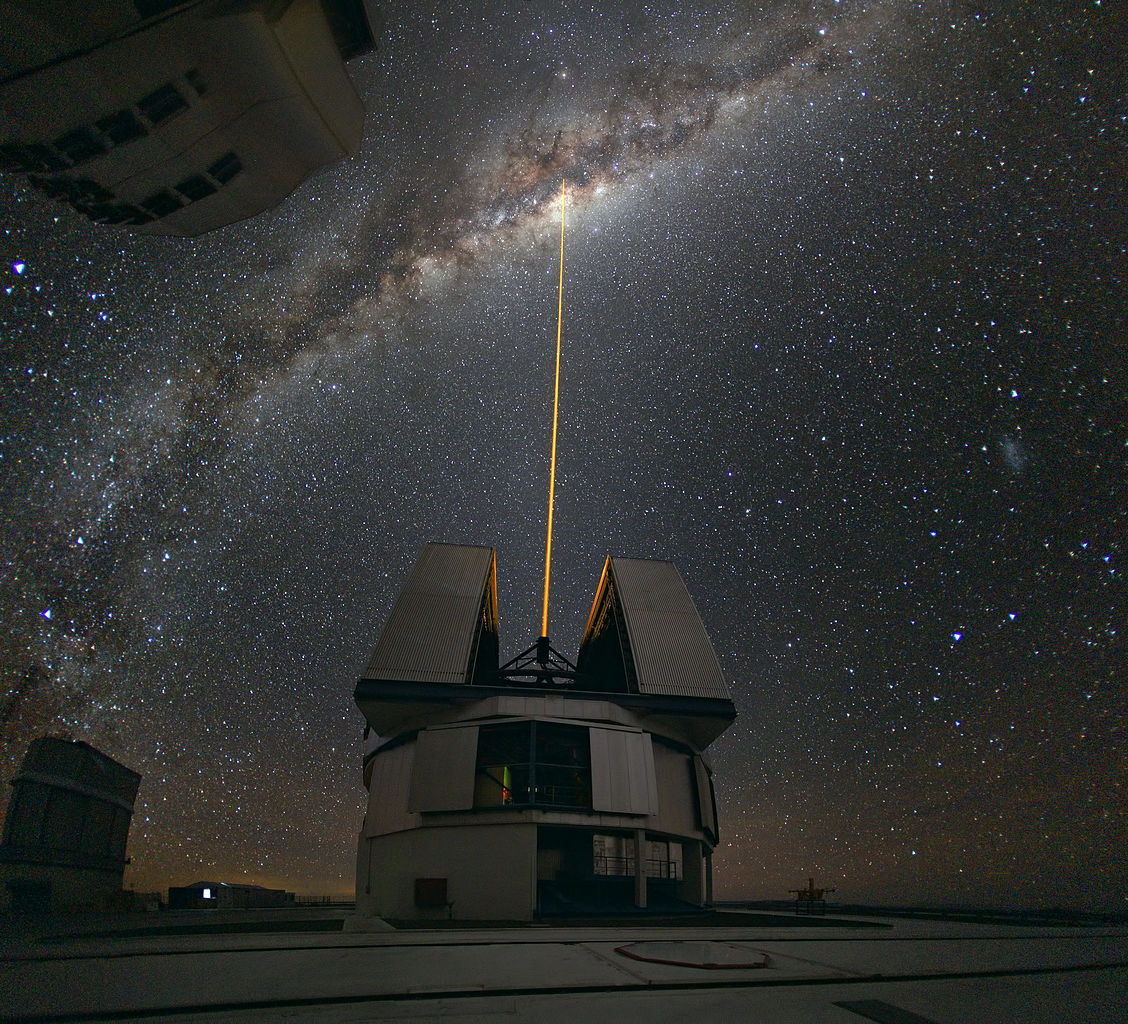World Technology News – Are you afraid of getting an anal probe or aliens attacking the Earth? There might be protection, that is if their technology is not advanced like we see in the movies.
 A simple laser beam could disrupt aliens’ observations of Earth, making it look like there’s nobody home on the third rock from the sun, a new study suggests.
A simple laser beam could disrupt aliens’ observations of Earth, making it look like there’s nobody home on the third rock from the sun, a new study suggests.
David Kipping, an astronomer at Columbia University in New York, said he first considered this idea when he heard about the strangely dimming star that was detected recently by NASA’s Kepler space telescope. Researchers speculated the signal could have come from an “alien megastructure” orbiting the star.
That’s a remote possibility, many scientists stressed; the star’s strange signal likely has a natural cause. But the Kepler observations got Kipping thinking about ways humanity could alter the signals it sends into space — or hide them altogether from life-hunting aliens, who may have malicious intentions.
He and Columbia graduate student Alex Teachey concluded that it would be surprisingly easy to wipe out Earth’s signal, distort it to look strange or even edit out the fingerprint of life — provided researchers knew the location of the snooping aliens.
“We essentially played the thought experiment that if we really had xenophobic tendencies and wanted to avoid the Earth being discovered (as Stephen Hawking and others have been warning about), could we hide the Earth from alien planet-hunters?” Kipping said in an email.
How to build a cloaking device
The key to Kipping and Teachey’s thinking lies in the way humans have identified most planets around other stars, a process called the transit method. This strategy, which has most famously been employed by the Kepler spacecraft, detects tiny dips in the brightness of stars, which can indicate an orbiting planet.
The transit method could theoretically be used by alien civilizations to detect Earth, too. But there’s a way to trip up such extraterrestrial searches, Kipping and Teachey said.
“To make it look like the planet is not there at all, you’ve got to get rid of that dip. You’ve got to fill in the missing starlight,” Teachey said in an explanatory video.
Engineers could shine a very bright laser or collection of lasers toward a star suspected of hosting intelligent aliens during the time Earth was passing in front of the sun from the other planet’s perspective. Then, aliens making measurements wouldn’t see any change in solar brightness.
“I started to think about lasers,” Kipping told Space.com. “Most people might have stopped there, because the sun emits so much light — how could you possibly produce a laser beam which could ever compete with the sun? But it turns out, when you actually run through the equations, it’s really not that bad.”
“We could build this next week if we wanted to,” Teachey added.
To alter Earth’s signature as seen by an alien version of Kepler, a laser system would have to emit 30 megawatts of power for about 10 hours per year, coinciding with Earth’s passing in front of the sun, the duo calculated.
This is a condensed version of a story that originally appeared on Space.com.Email Sarah Lewin at [email protected]or follow her @SarahExplains. Follow us@Spacedotcom, Facebook and Google+

